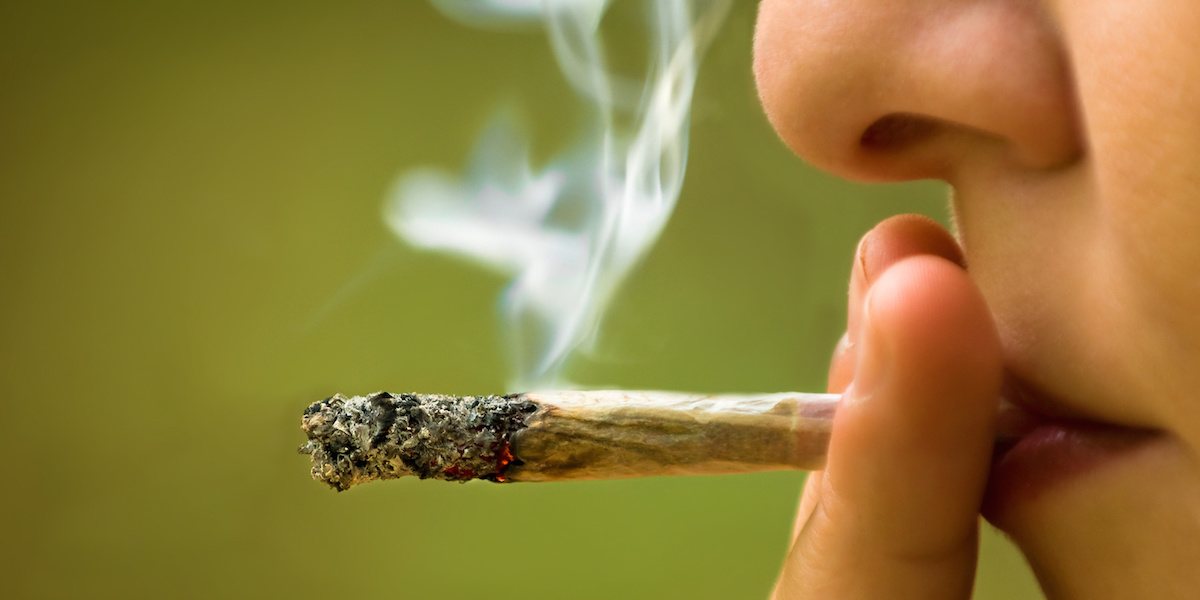
The following is excerpted from an online article posted by MedicalXpress.
Levels of gray matter in two parts of the brain may be linked to a desire to start smoking during adolescence and the strengthening of nicotine addiction, a new study has shown.
A team of scientists, led by the universities of Cambridge and Warwick in the UK and Fudan University in China, analyzed brain imaging and behavioral data of over 800 young people at the ages of 14, 19, and 23.
They found that, on average, teenagers who started smoking by 14 years of age had markedly less gray matter in a section of the left frontal lobe linked to decision-making and rule-breaking.
Gray matter is the brain tissue that processes information and contains all of the organ’s neurons. While brain development continues into adulthood, gray matter growth peaks before adolescence.
Low gray matter volume in the left side of the ventromedial prefrontal cortex may be an “inheritable biomarker” for nicotine addiction, say researchers—with implications for prevention and treatment.
In addition, the scientists found that the opposite, right part of the same brain region also had less gray matter in smokers.
Importantly, loss of gray matter in the right prefrontal cortex appears to speed up only after someone has started smoking. This region is linked to the seeking of sensations.
The findings point to a damaged “neurobehavioural mechanism” that can lead to nicotine use starting early and becoming locked into long-term addiction, say researchers. The study used data from the IMAGEN project and is published in the journal Nature Communications.
Source: MedicalXpress
https://medicalxpress.com/news/2023-08-gray-frontal-lobes-linked-teenage.html

 Teen Loneliness Triggers ‘Reward Seeking’ Behavior
Teen Loneliness Triggers ‘Reward Seeking’ Behavior  The Hidden Mental Health Danger in Today’s High-THC Cannabis
The Hidden Mental Health Danger in Today’s High-THC Cannabis  Teen Suicide, Binge Drinking Decline, New National Data Show
Teen Suicide, Binge Drinking Decline, New National Data Show